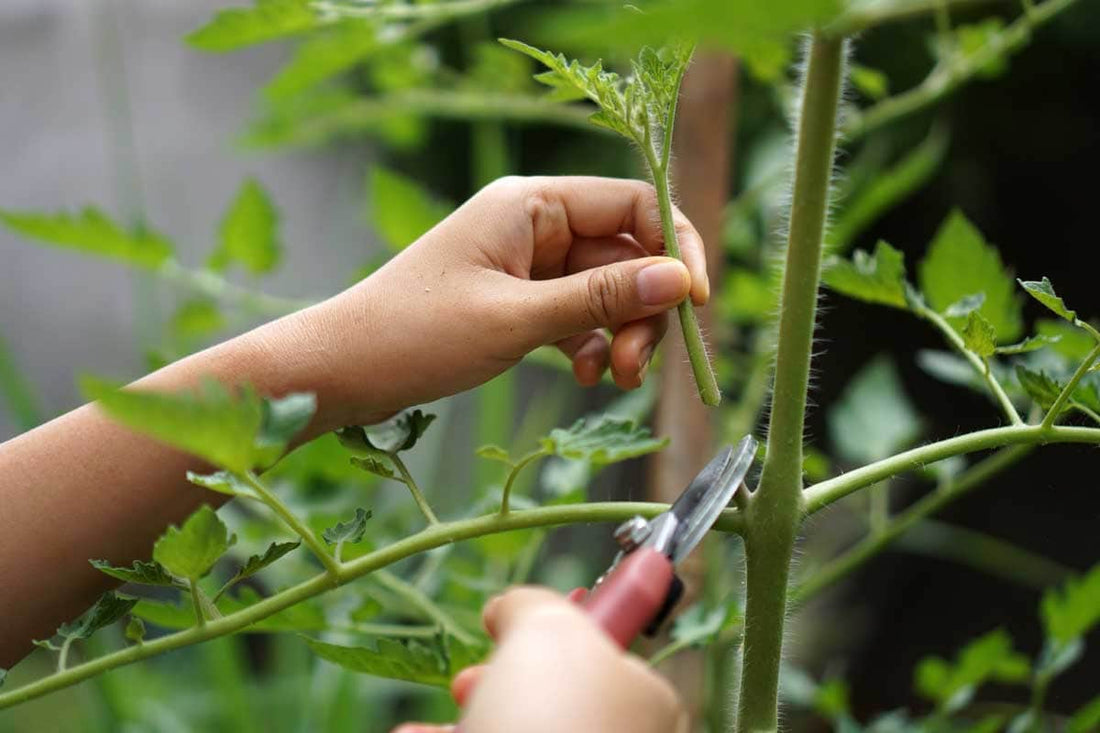Trimming vegetable plants, also known as pruning, is an important part of gardening. It helps to promote healthy growth, improve plant structure, and increase yield. Here are some general tips for trimming vegetable plants in your garden:
1. Start with clean and sharp pruning tools, such as pruning shears or scissors. This will help prevent the spread of disease and ensure clean cuts.
2. Focus on removing dead, damaged, or diseased plant material first. This will help prevent the spread of disease and pests.
3. Look for any branches or stems that are crossing or rubbing against each other. These can create wounds on the plant and lead to disease or insect infestations. Trim back these branches or stems to prevent them from causing damage.
4. Remove any suckers or side shoots that are growing from the base of the plant or in between branches. These can compete with the main plant for nutrients and water, and can also make the plant more bushy and less productive.
5. For vining plants like tomatoes or cucumbers, remove any branches or shoots that are growing too close to the ground. This can help improve air circulation and reduce the risk of disease.
6. Finally, be sure to water and fertilize your plants after pruning to help them recover and continue to grow strong.
Remember that different types of vegetables may require different pruning methods, so be sure to do some research specific to the plants in your garden.

